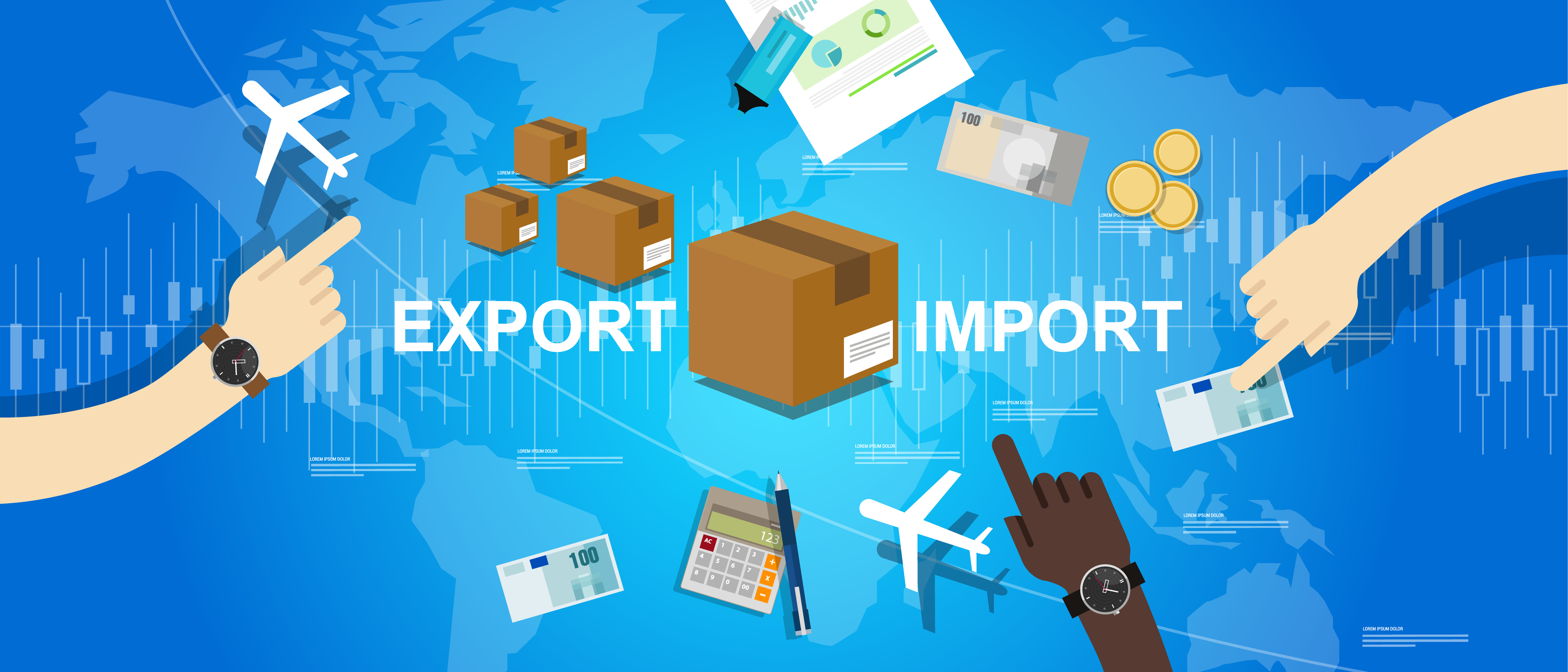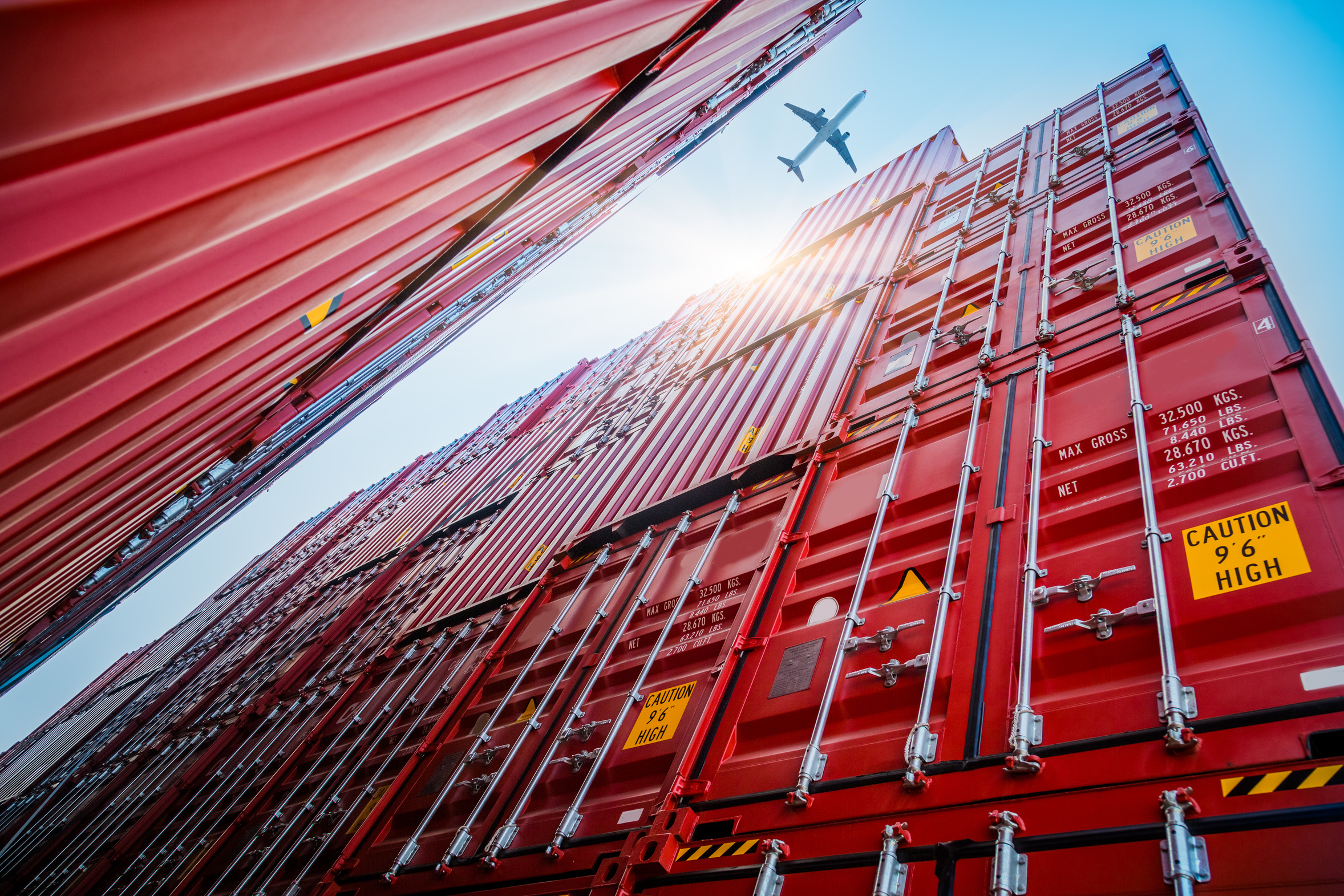Course Objectives
The course aims to boost intra-African trade and competitiveness in West Africa by enhancing the trade officials and policy makers’ understanding of the risks and opportunities of Trade Facilitation and translating their knowledge into sound policy reforms. It also aims to guide practitioners on how to effectively identify the technical assistance programs available for Developing and Less-Developed Countries. Furthermore, it seeks to provide a clear picture of the strategy for implementing the Agreement to reap the benefits of trade facilitation for national competitiveness and integration into regional and global markets.
At the end of the course, participants should be able to:
- Explain the concept of ‘trade facilitation’ and its impact on trade flows and trade costs;
- Develop sound knowledge and understanding of the key provisions of the WTO Trade Facilitation Agreement and how this agreement will be implemented, including special and differential treatment provisions that developing countries may invoke;
- Use a reasonable judgment to assess their capacity building and support needs and priorities to implement the Agreement within their country/region;
- Understand the implications of the WTO Trade Facilitation Agreement for their country/region and their best approach forward, by analysing diverse case studies and implementation-related reports from other countries;
- Identify key technical assistance programs currently available for developing and least-developed countries; and
- Construct a clear picture of the strategy for best implementing the Agreement in their country/region and reap the benefits of trade facilitation for national competitiveness and integration into regional and global markets.



